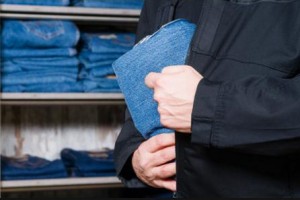NEW SURVEY SHOWS INCREASE IN RETAIL INVENTORY SHRINK LEVELS


According to the report, 47 percent of retailers surveyed reported increases in overall inventory shrink in 2015, with shoplifting accounting for the greatest cause with an average loss of $377 per incident (39 percent), up nearly $60 from 2014.
Robberies continue to be a growing expense for retailers, costing an average of $8,180.17, up from $2,465. The rise in loss by robberies in 2015 was driven by an increase in jewelry stores reporting extremely high average losses.
“With a constantly evolving retail landscape, loss prevention becomes more complex every day,” said Bob Moraca, vice president of Loss Prevention at NRF. “LP professionals have been working diligently to find advancements in technology aimed at deterring crime in our industry, sometimes even before it happens – but as our techniques get more sophisticated, so too do the criminals.”
The report also found a decrease in the average loss from dishonest employee cases, $1,546.83 to $1,233.77. Although the number of employee apprehensions increased, prosecutions, terminations and civil demands for these type of internal incidents dropped.
When it comes to retailers budgeting for the loss prevention sector, the survey reported that budgets remained flat year-over-year as a percentage of sales. However, the total number of loss prevention personnel per $1 billion in sales increased from 32.5 percent in 2014 to 37.5 percent in 2015.
“Loss prevention professionals continue to do an exceptional job at locating the issues and finding solutions to prevent additional loss in their retail stores,” said Dr. Richard Hollinger, University of Florida criminology professor and lead author of the NRSS. “It is important for retailers to continue building relationships with law enforcement and leverage new technologies that can further provide protection to their assets, customers and employees.”







